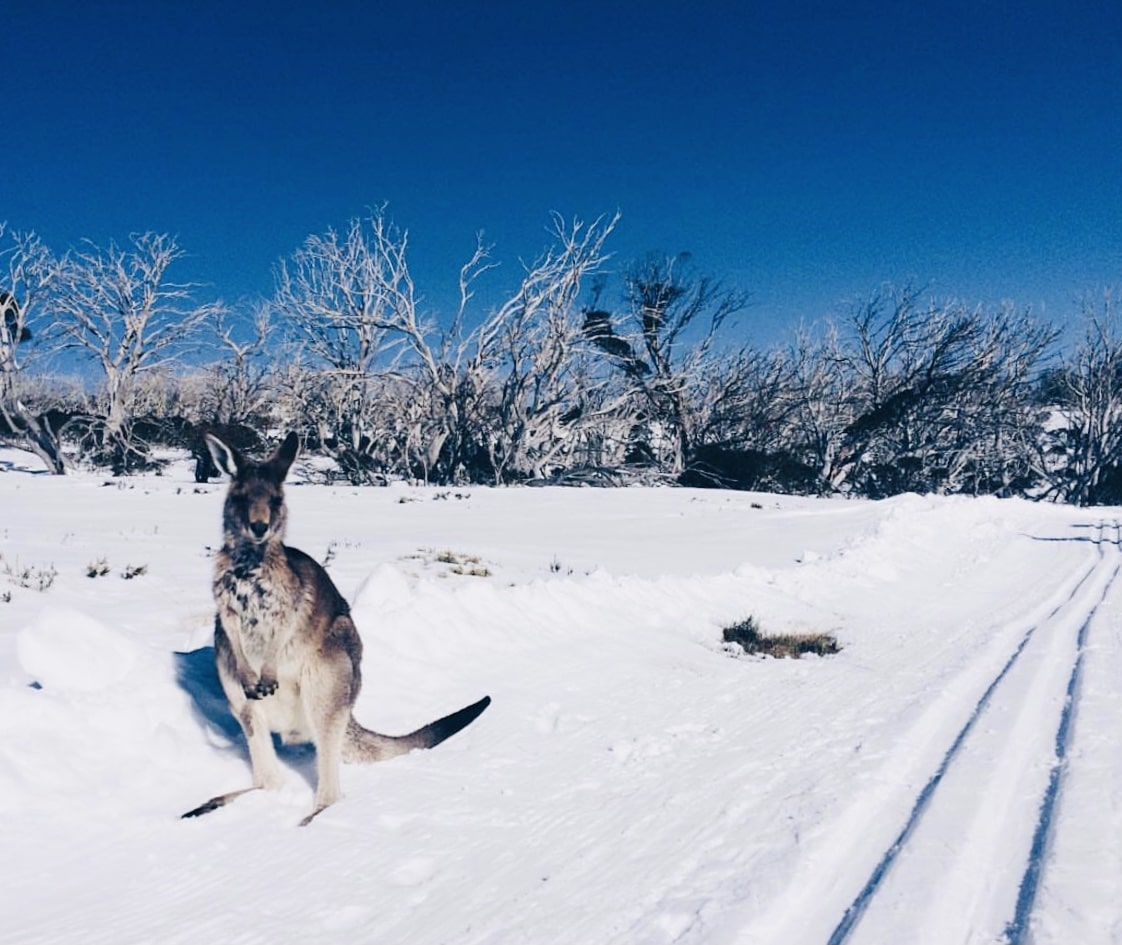Prepare Your Next Adventure to Experience Snow In Australia with Friends
Prepare Your Next Adventure to Experience Snow In Australia with Friends
Blog Article
Comprehending the Significance of Snow in Australia for Farming and Tourism
While Australia is commonly associated with sun-kissed beaches and arid wilderness, it likewise flaunts a wide range of snowy alpine regions. The snow that coverings these areas is much more than an attractive landscape function. It works as a lifeline for the nation's agriculture and a driving pressure for a financially rewarding tourist industry. As we explore this unexpected junction, the possible influence of shifting climate patterns on Australia's snowfall and its subsequent effects become an engaging emphasis.

The Unexpected Snowfall: Australia's Alpine Regions
When winter months cloaks the world, Australia's Alpine regions don a white mantle of snow, a spectacle that appears nearly paradoxical in this dominantly sun-baked land. In contrast to the stereotyped image of Australia as a land of coastlines and deserts, these regions use a unusual and lovely comparison. The Australian Alps, stretching across New South Wales, Victoria, and the Australian Resources Territory, get even more snowfall than Switzerland. This unexpected winter season paradise provides an unique ecological community, offering a habitat for a number of native species and a snowy play ground for winter season sporting activities enthusiasts. The annual snowfall, although not as plentiful as in some nations, is an essential aspect of Australia's climate diversity and plays a considerable role in the nation's farming methods and tourist industry.
Winter season's Bounty: Snow's Payment to Australia's Water Resources
Regardless of its rarity in the wider landscape of Australia, snow in the Alpine regions plays an essential role in the nation's water resources. This is specifically essential for Australia, a continent frequently tormented by droughts. Without the bounty of winter months snow, Australia's water resources would be dramatically strained, affecting both the population and the environment.
White Covering, Environment-friendly Area: The Influence of Snow on Australian Agriculture
Although much less visible, the influence of snow on Australian farming is significant. Snowfall in the high nation functions as a natural type of watering, slowly melting and giving a steady water to lower-lying farmland. This water-rich environment cultivates the growth of robust crops, adding to the nation's agricultural efficiency. Snowfall improves soil health and wellness by introducing dampness and trapping nutrients, which are gradually launched as the snow melts. This procedure enriches the soil, promoting the growth of much Full Article healthier, more like this resilient plants. Furthermore, snow cover serves as a protective covering, insulating the ground versus severe winter temperature levels that might or else damage crops. Therefore, the duty of snow in Australian farming is both multifaceted and essential.

Money: Snow Tourism and Its Economic Significance in Australia
While the value of snow to Australian agriculture is usually ignored, its contribution to the nation's tourist market is indisputably substantial. The snow-laden peaks of Australia's alpine areas bring in a flurry of vacationers every winter season, contributing millions to the nationwide economic situation. Therefore, the financial significance of snow tourism in Australia expands far beyond the inclines.
Future Forecast: Environment Change and Its Possible Results on Australia's Snowfall
As the globe faces the fact of environment change, so too should Australia consider its potential impacts on the nation's snowfall. Existing scientific models predict a decrease in Australian snowfall, with potentially extreme effect on both farming and tourism. In some locations, the snow period could be reduced by as much as 80 days by 2050. the original source Such changes intimidate the stability of Australia's ski market, which contributes substantially to the local economy. Similarly, less snowfall might likewise affect the country's agricultural sector, as snowmelt plays a crucial role in sprinkling crops. The possible effects of these adjustments underscore the urgency of climate adjustment reduction initiatives, both in Australia and around the world.
Final Thought
In conclusion, snow is a critical aspect of Australia's farming and tourist sectors. It not just nurtures the country's agricultural landscape yet additionally gas its winter season tourist sector. The impending risk of environment modification elevates worries about the future of Australia's snowfall patterns, possibly interrupting these substantial financial industries. As a result, understanding and dealing with these difficulties is important for the sustainability of Australia's economic climate and community.

When winter season capes the world, Australia's Alpine areas wear a white mantle of snow, a spectacle that seems virtually paradoxical in this dominantly sun-baked land.Regardless of its rarity in the more comprehensive landscape of Australia, snow in the Towering regions plays a critical role in the nation's water sources. Without the bounty of winter months snow, Australia's water sources would be substantially strained, affecting both the populace and the atmosphere.
Thus, the economic value of snow tourism in Australia extends far past the inclines.
In verdict, snow is a pivotal element of Australia's agricultural and tourist markets. Does Australia Get Snow.
Report this page